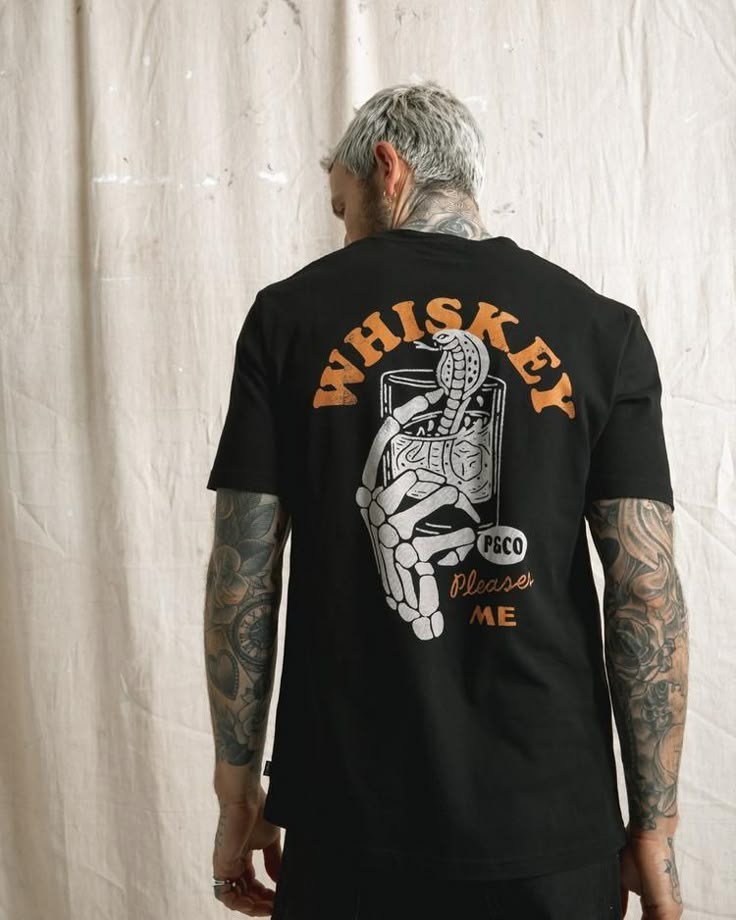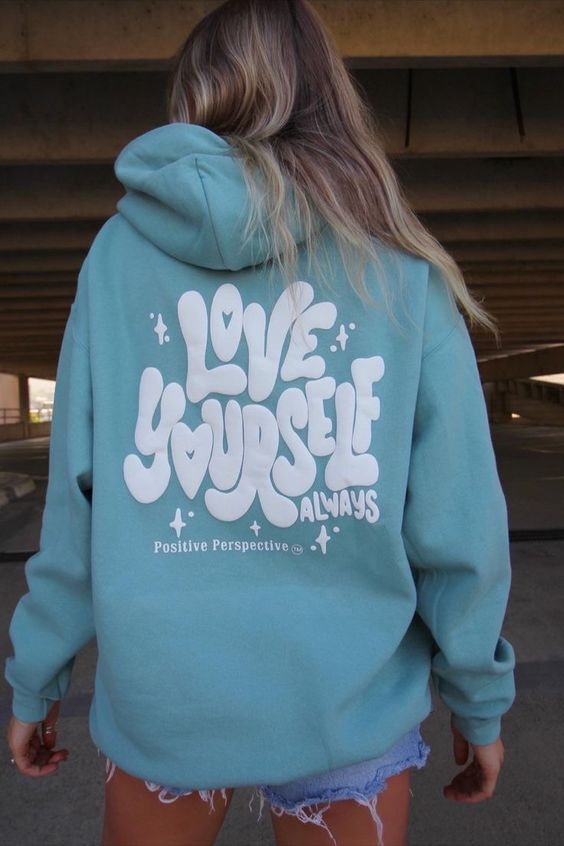No products in the cart.: $0.00
T-Shirts as Statement Pieces: Bold Graphics and Messages in 2025

Introduction
In the landscape of contemporary fashion, the humble T-shirt has undergone a radical transformation. No longer confined to the realms of basic wear or casual attire, T-shirts in 2025 are commanding attention as bold statement pieces. Through vivid graphics, impactful typography, and boundary-pushing messages, they have become powerful tools for expression, activism, and artistry. This evolution mirrors broader cultural shifts where clothing acts as both canvas and conversation starter.
Statement T-shirts in 2025 are more than just garments—they are declarations of individuality and reflections of the zeitgeist. As digital influence, social movements, and visual storytelling intersect, the graphic tee has emerged as a focal point of self-representation. This article explores the design trends, cultural significance, artistic developments, and market forces driving the rise of T-shirts as definitive fashion statements.
The Rise of Graphic Tees in the Digital Era
The ubiquity of digital platforms has significantly contributed to the resurgence of graphic T-shirts. In an age of visual culture dominated by Instagram, TikTok, and other media, striking visuals are key to gaining attention. Graphic tees have adapted perfectly to this environment, offering an eye-catching and easily shareable form of self-expression.
Designers are embracing technologies like digital printing, augmented reality, and even interactive QR code integrations to elevate traditional T-shirts into dynamic, media-savvy items. These innovations have fueled a creative renaissance where T-shirts are not only clothing but also digital experiences.
Brands in 2025 are capitalizing on this synergy, creating limited-edition drops, social media campaigns, and collaborations with digital artists to keep the momentum strong. In this ecosystem, the graphic T-shirt functions as both physical apparel and digital artifact, resonating with audiences in real life and online.
The Language of Typography on Fabric
One of the most compelling aspects of statement T-shirts is the deliberate use of typography. Words printed on T-shirts are no longer just slogans—they are designed statements. Typefaces, font sizes, and letter placement are strategically chosen to evoke specific moods or amplify particular viewpoints.
Typography in 2025 is leaning heavily into personalization and bold design. Whether it’s minimalist serif lettering delivering a sharp political message or a flamboyant, oversized script proclaiming self-love, the type itself becomes an extension of the message. Designers experiment with distortion, layering, and juxtaposition to ensure the language stands out as more than just words—it becomes visual art.
Fashion houses are collaborating with graphic designers, poets, and typographers to create original statements that resonate with cultural movements. This fusion of fashion and literature provides wearers with a sophisticated, curated way to communicate values and beliefs without speaking a word.
Cultural Commentary Through Clothing
As global societies become more polarized and conversations more urgent, clothing is becoming an increasingly potent platform for commentary. T-shirts with politically or socially charged graphics are now a staple in the wardrobes of the socially conscious. These T-shirts serve as mobile billboards for activism, drawing attention to issues such as climate change, racial justice, gender equality, and mental health awareness.
In 2025, we’re seeing T-shirts inspired by protest art, graffiti, and community storytelling. The messages aren’t always confrontational—many are hopeful, uplifting, or focused on healing and unity. The power of these shirts lies in their ability to provoke thought and spark dialogue, offering wearers a chance to be both stylish and socially engaged.
Independent labels and grassroots designers are particularly influential in this realm. Often operating outside traditional retail structures, they create collections that are directly informed by their communities. This results in T-shirts that are culturally rich, emotionally resonant, and visually unforgettable.
Collaborations That Push Creative Boundaries
In 2025, the fashion industry is driven by collaboration more than ever before. T-shirts have become the blank slate upon which artists, musicians, activists, and designers unite to craft impactful visual stories. These collaborative pieces are not just about aesthetics—they are about merging different worlds to produce something entirely new.
Musicians use T-shirts to promote albums or movements, while artists see them as wearable canvases. Fashion brands benefit from the authenticity and reach that these collaborators bring, resulting in limited-edition collections that blur the line between commercial fashion and collectible art.
Such collaborations often feature bold graphics that are symbolic or metaphorical, designed to challenge norms or highlight lesser-known narratives. Through these joint efforts, the T-shirt becomes more than a fashion item—it becomes a curated artifact of cultural dialogue.
Sustainable Messages and Eco-Conscious Design
As environmental concerns grow, T-shirts in 2025 are increasingly reflecting a commitment to sustainability—not just in their production but also in their messages. Graphic tees now champion causes like recycling, upcycling, renewable energy, and climate action through their visual content.
Consumers are seeking clothing that aligns with their ecological values. Brands are responding by producing T-shirts with eco-friendly inks, organic cotton, and biodegradable materials. Some even incorporate graphics that change with heat or UV light, reinforcing messages about global warming or pollution when exposed to environmental triggers.
These sustainable statement pieces are proving that fashion can be both conscious and captivating. By merging visual storytelling with ethical practices, designers are creating T-shirts that inspire both awareness and action.
The Personalization Boom: Wear Your Identity
In 2025, customization is king. T-shirts are now highly personalized pieces that reflect individual identities, beliefs, and styles. Through on-demand printing, augmented reality previews, and online design platforms, consumers can craft T-shirts that are uniquely their own.
Whether it’s showcasing a personal mantra, a cultural reference, or a custom illustration, the personalized T-shirt enables people to literally wear their hearts on their sleeves. This trend is fueled by a desire for authenticity and the rejection of mass-produced homogeneity.
The democratization of design tools has made it easier than ever for anyone to create powerful graphic statements. With just a few clicks, individuals can become designers, storytellers, and trendsetters, adding a layer of emotional value to every item they wear.
Retro Revivals and Nostalgic Graphics
Nostalgia continues to be a strong influence in fashion, and T-shirts are no exception. In 2025, we see a revival of retro aesthetics—vintage logos, faded prints, and 90s-era slogans are making a comeback, infused with modern relevance. These designs evoke fond memories while being updated with a fresh, contemporary edge.
The resurgence of band tees, old-school brand emblems, and classic cartoons speaks to a collective yearning for familiarity in uncertain times. At the same time, designers are reinterpreting these visuals to align with today’s cultural values, creating a fusion of past and present that feels both comforting and current.
This trend isn’t just about replication—it’s about reinvention. By reimagining nostalgic graphics, brands are tapping into emotional resonance and creating statement pieces that bridge generations.
Streetwear’s Continued Influence
Streetwear remains one of the most dominant forces in the graphic T-shirt space. With its roots in skate culture, hip-hop, and urban expression, streetwear has long championed bold design and subversive messages. In 2025, this influence persists, evolving to incorporate global aesthetics and intersectional narratives.
T-shirts in the streetwear scene are often oversized, layered, and emblazoned with graphics that mix humor, rebellion, and cultural critique. Limited runs and exclusive drops add a sense of urgency and desirability, turning each shirt into a coveted piece of the cultural conversation.
Independent streetwear labels and fashion collectives are continuing to challenge the mainstream, offering designs that are raw, real, and radically inclusive. These T-shirts don’t just represent fashion—they represent community, resistance, and reinvention.
Conclusion: The Power of the Printed Tee in 2025 and Beyond
As we look at the cultural landscape of 2025, it’s clear that the humble T-shirt has transformed into much more than a basic garment. It has become a personal billboard, a digital-age protest sign, a wearable mood board, and a canvas for creativity. In this era of heightened self-expression and fast-evolving identity, bold graphics and purposeful messaging on T-shirts have empowered individuals to share their stories, beliefs, and humor with the world in real time.
The evolution of printing techniques—from AI-generated patterns to eco-conscious ink—has allowed designers to unleash powerful imagery while remaining mindful of environmental responsibilities. Fashion houses, emerging labels, and independent creators alike are contributing to this movement by offering designs that reflect the pulse of contemporary society. From gender politics to climate change, and from meme culture to visual poetry, every graphic tee worn today is a window into someone’s personal values or cultural perspective.
This shift toward expressive streetwear has also blurred the lines between fashion and activism. People no longer dress just for aesthetics or comfort—they now dress to be seen, to be heard, and to be understood. As T-shirts become more customizable, message-driven, and experimental, they redefine what it means to make a fashion statement in a connected and conscious world.
Looking ahead, the role of the T-shirt as a statement piece will only grow stronger. The convergence of wearable tech, augmented reality, and interactive fashion promises even more immersive ways for individuals to convey bold ideas. Whether it’s a handcrafted tee from a local artisan or a limited-edition drop from a global icon, every piece carries emotional and cultural significance.
In 2025 and beyond, expect the graphic T-shirt to remain at the center of dialogue-driven fashion—a democratic, powerful, and ever-relevant garment that speaks volumes before you ever say a word.


